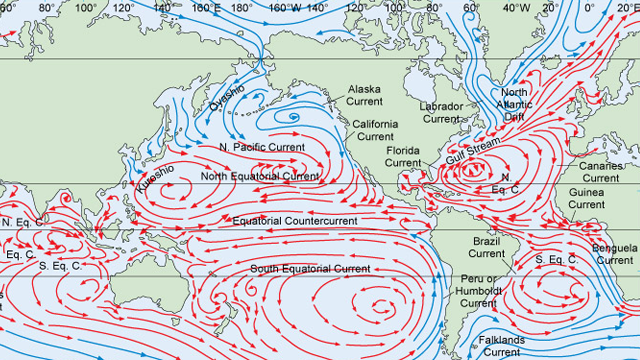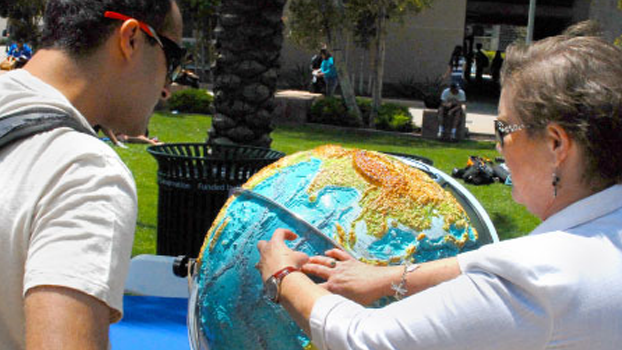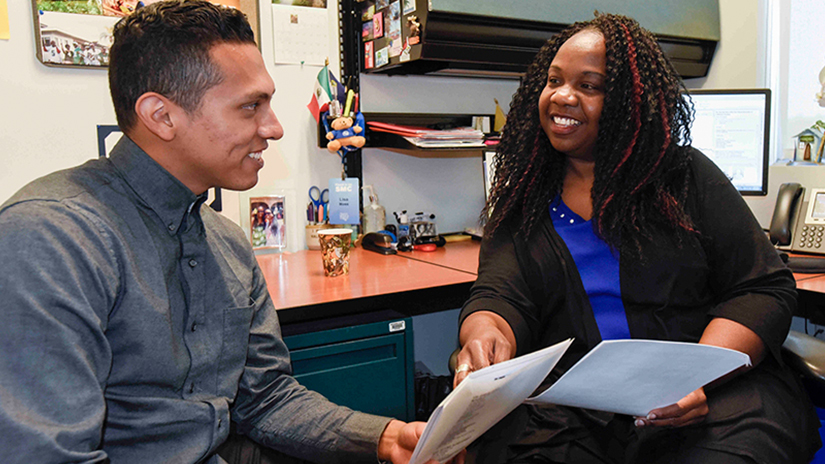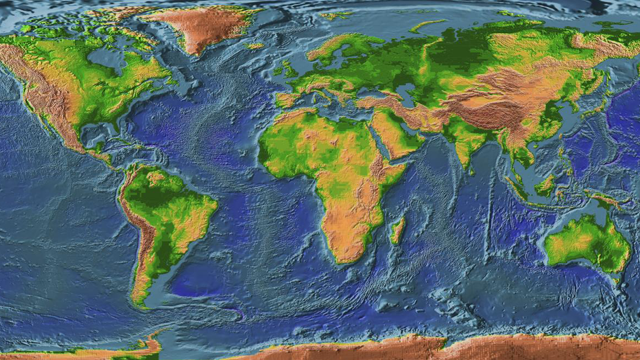About the Geography Program
All fields of geography — from physical to human to geographic techniques, including geospatial studies and analysis — have been experiencing remarkable renaissance and growth that has accelerated during the last several years. Additionally, there is a growing need for professionals in environmental and urban studies to analyze and solve the spatially related problems that confront us. Geospatial technologies consistently rank among the top 10 growth industries of this century according to the U.S. Bureau of Labor Statistics. Modern geographers around our nation and our world are helping solve problems ranging from natural resource distribution to urban planning, from natural hazards preparedness to climate change adaptation and mitigation.
Our range of geography courses at SMC provides excellent opportunities for students to build geographic knowledge and skills that can be used in many different fields and disciplines. They also lead our students into geography and related programs at the top universities, including numerous leading California universities.
Geography Program Flier Apply Now See an Academic Counselor
Program Paths

Geography
Associate in Arts for Transfer
The Associate in Arts in Geography for Transfer (AA‐T) involves the understanding of the environment around us and the interpretation of patterns found across the Earth’s surface. The course of study allows flexibility in course selection while providing a solid background in human, physical, and regional aspects of the discipline. The degree includes GIS, focusing on the use of geocomputation and digital technology to assess spatial and environmental problems and provide solutions. Throughout the degree, students will acquire and develop knowledge and skills that will equip them to be informed, engaged, and productive global citizens, capable of leading humanity toward a more sustainable and adaptable future.

Geospatial Technology
Certificate of Achievement or Department Certificate
Geospatial technologies, including geographic information systems (GIS), remote sensing (RS), global positioning system (GPS), and digital cartography, are used to capture, store, manage, analyze, and visualize geospatial information related to locations on Earth's surface. These technologies are used to combine various types of geospatial information in a digital environment, and are widely used in our daily life, at government agencies, and in almost every industry. Through this program, students will develop an understanding of the theoretical underpinnings of geospatial technologies, and gain the skills needed to construct high-quality applications.
Resources

Student Resources
We know college isn't always easy. We are here to help as you navigate through your SMC journey. This resource connects to information about Financial Aid, Tutoring Services, the Center for Wellness and Wellbeing and much more!

Transfer Preparation
Many colleges and universities offer baccalaureate degrees in this field. Students planning to transfer to a four-year college or university need to know which courses completed at Santa Monica College will be accepted at the specific college/university. Please consult a Counselor.

Student Clubs
Clubs are a great way to make friends, network, and build community at SMC. You can even create your own club!



